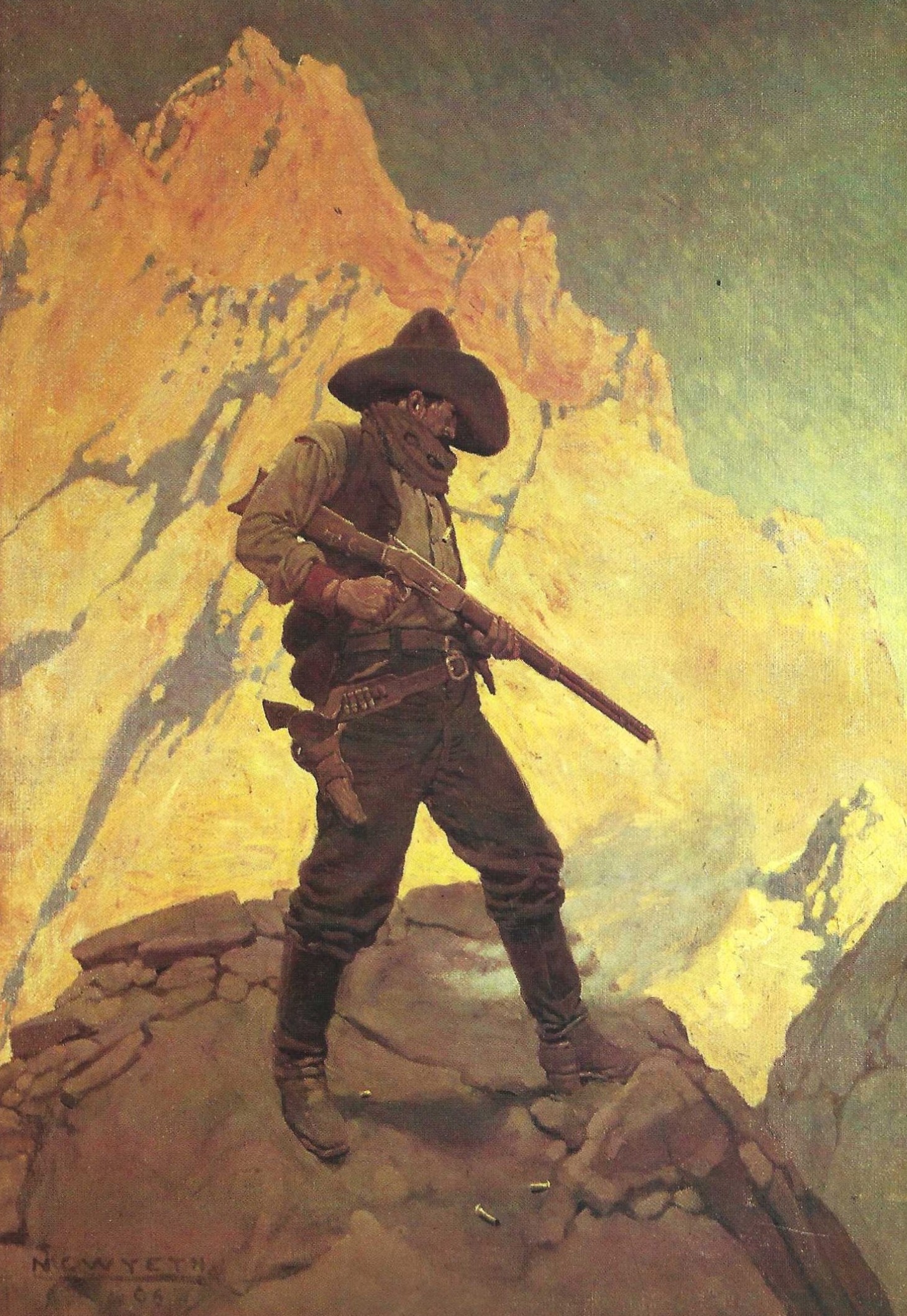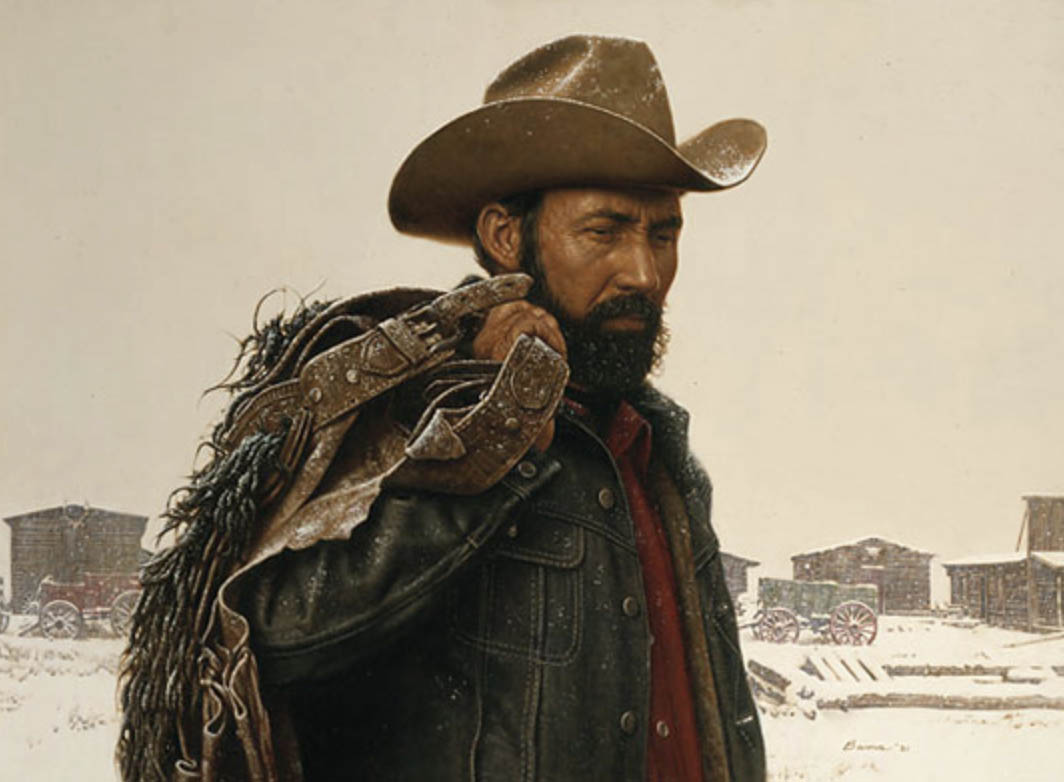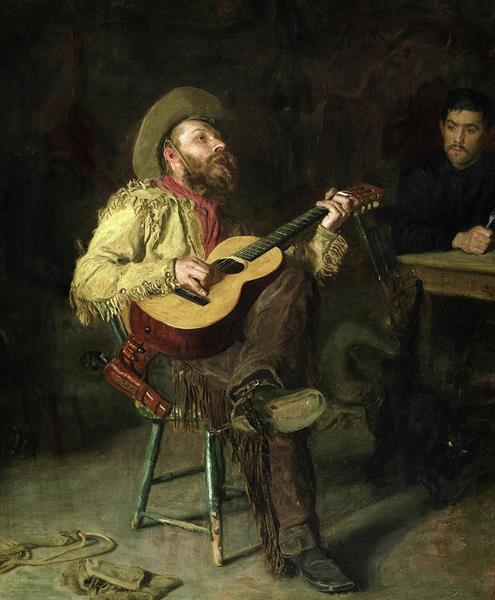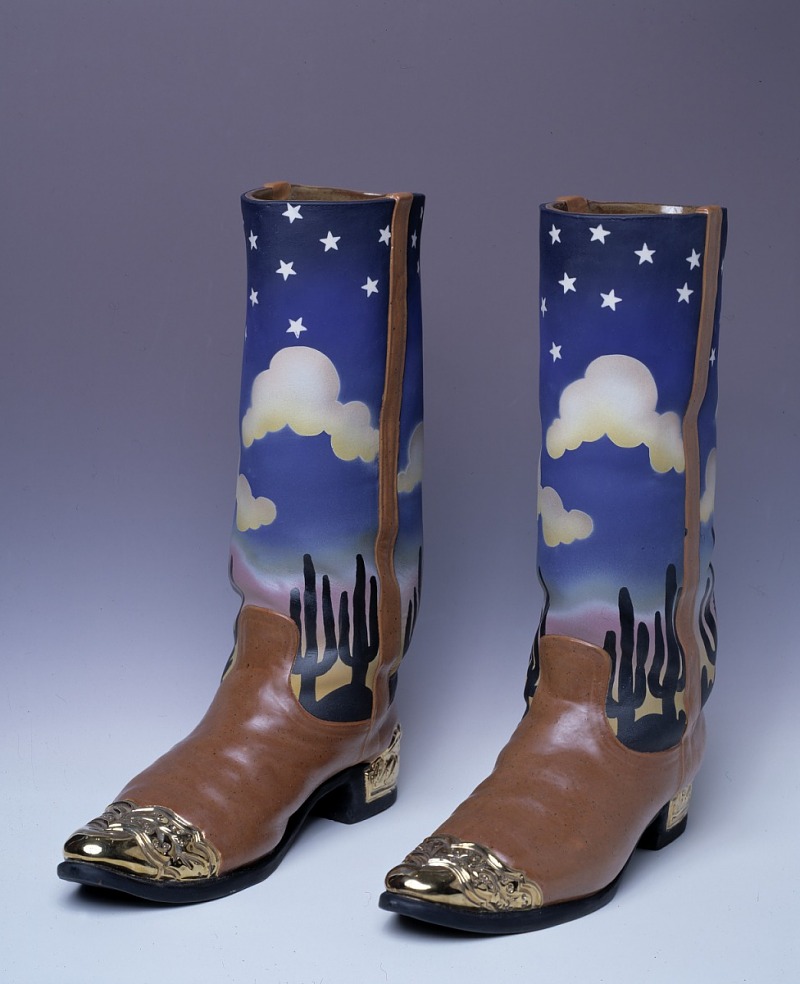Authors:
Historic Era: Era 8: The Great Depression and World War II (1929-1945), Era 9: Postwar United States (1945 to early 1970s), Era 10: Contemporary United States (1968 to the present)
Historic Theme:
Subject:
December 1987, Summer 2025 | Volume 38, Issue 8







